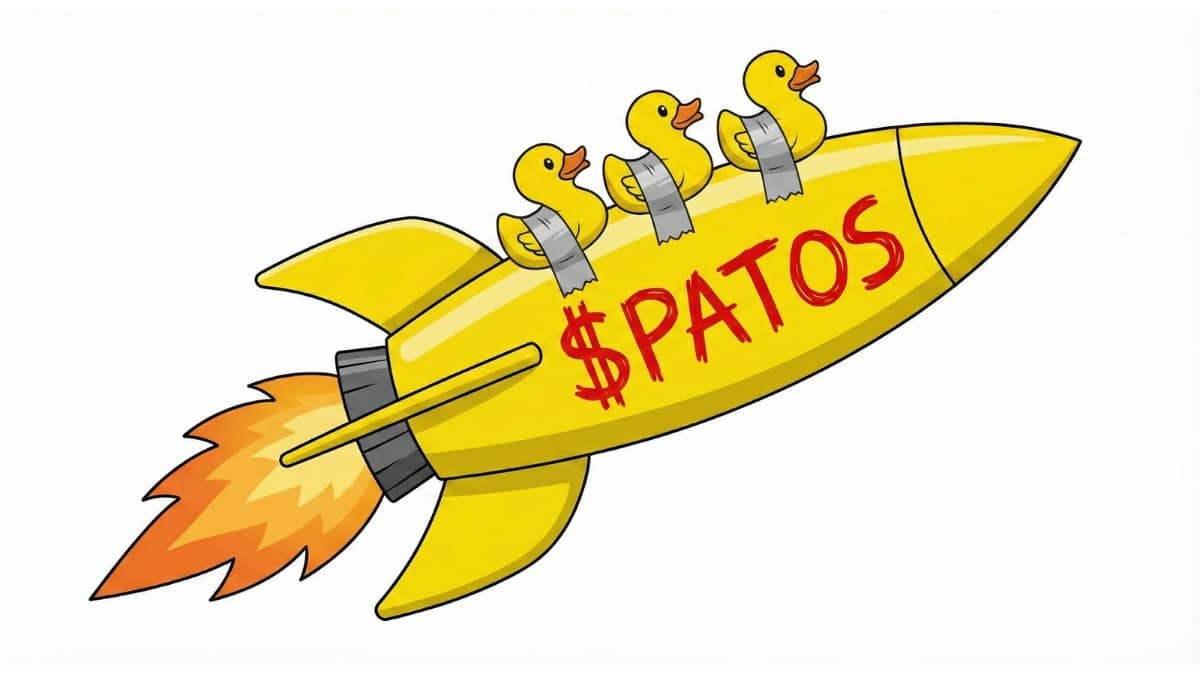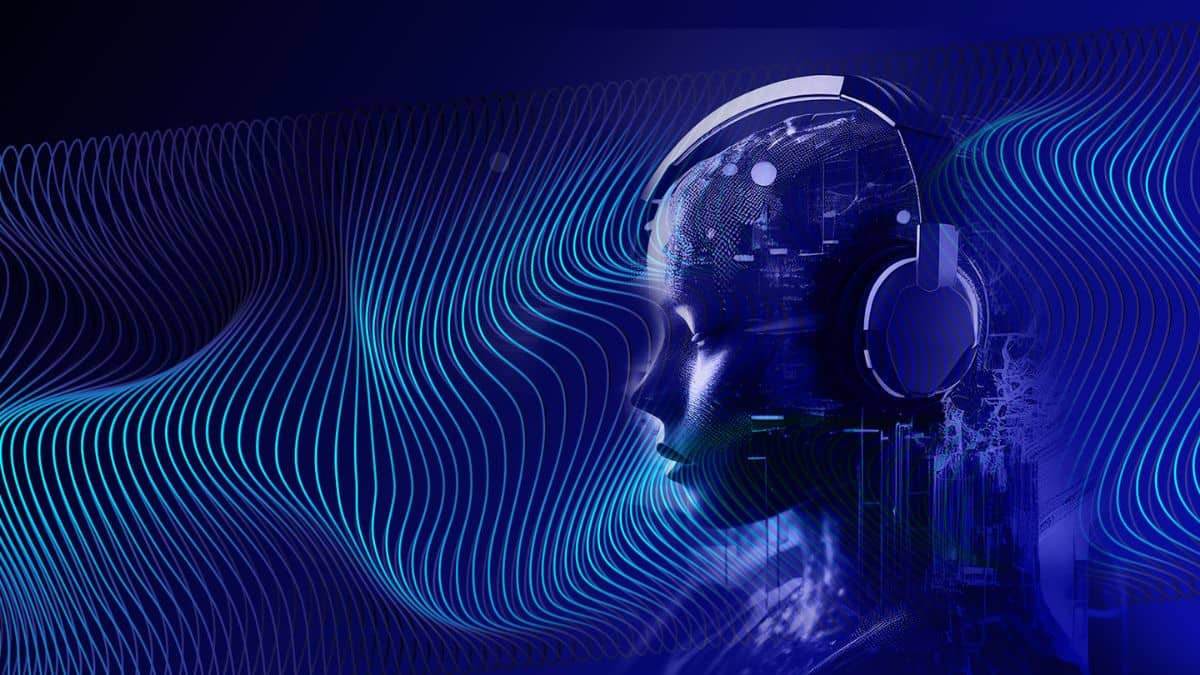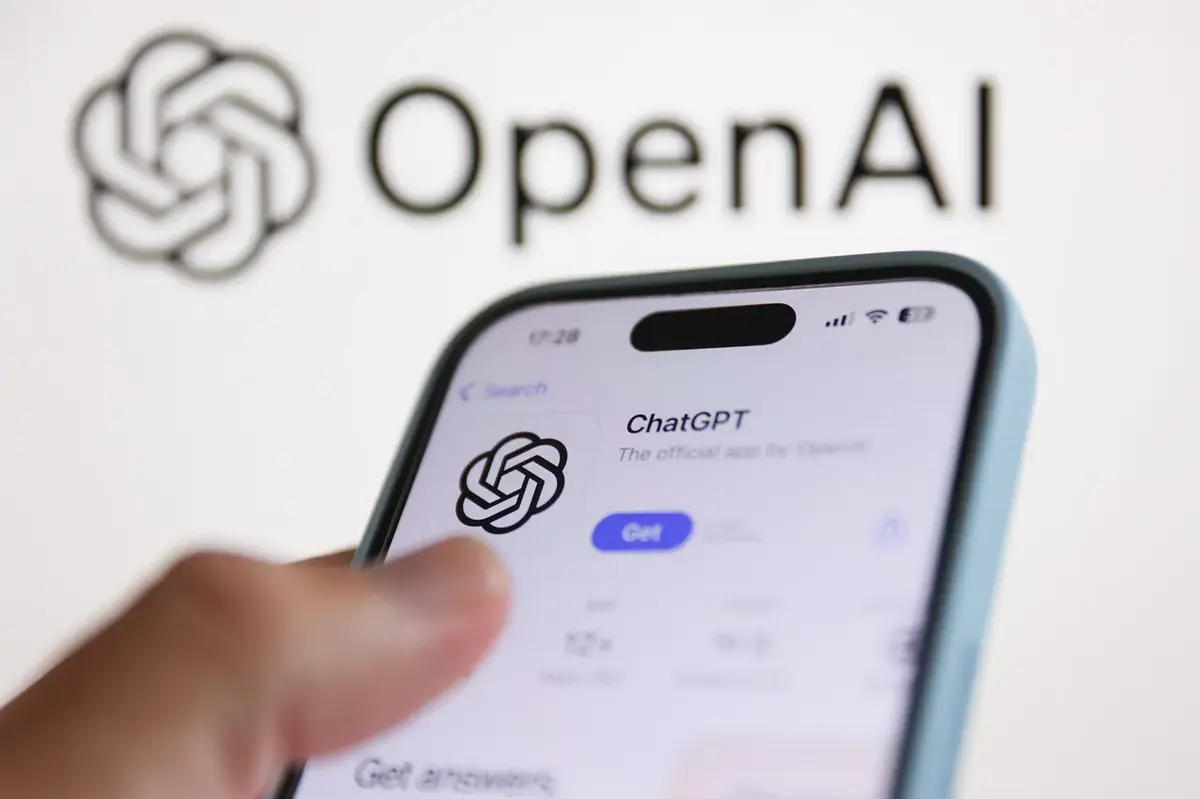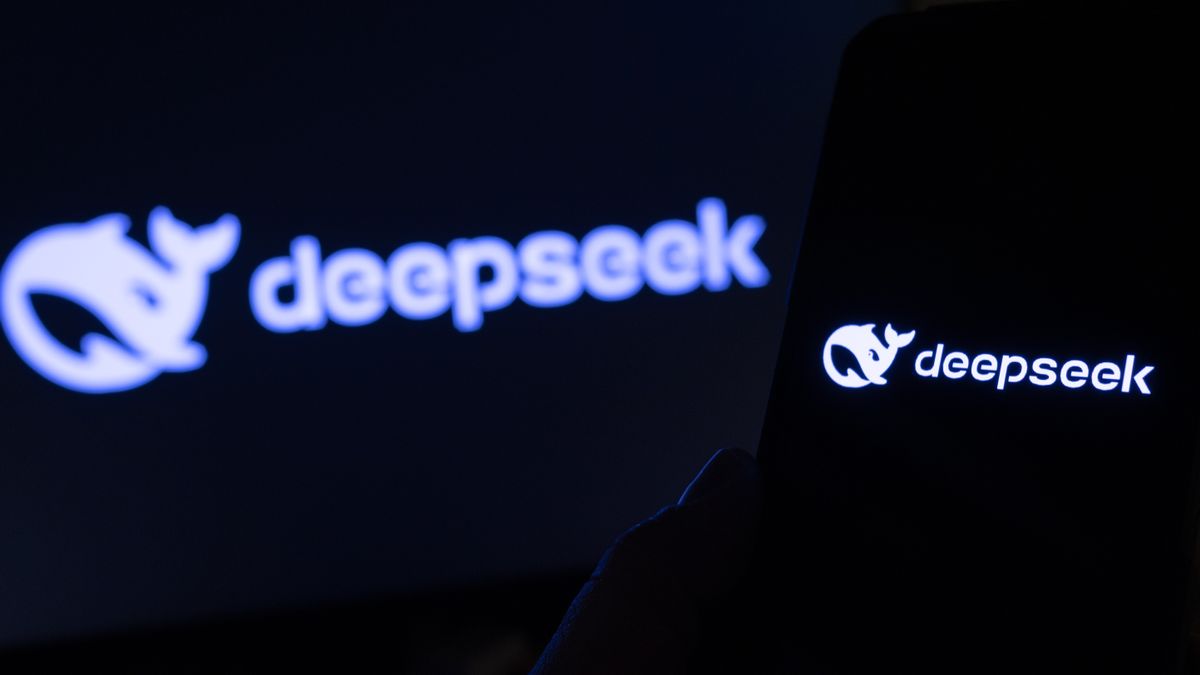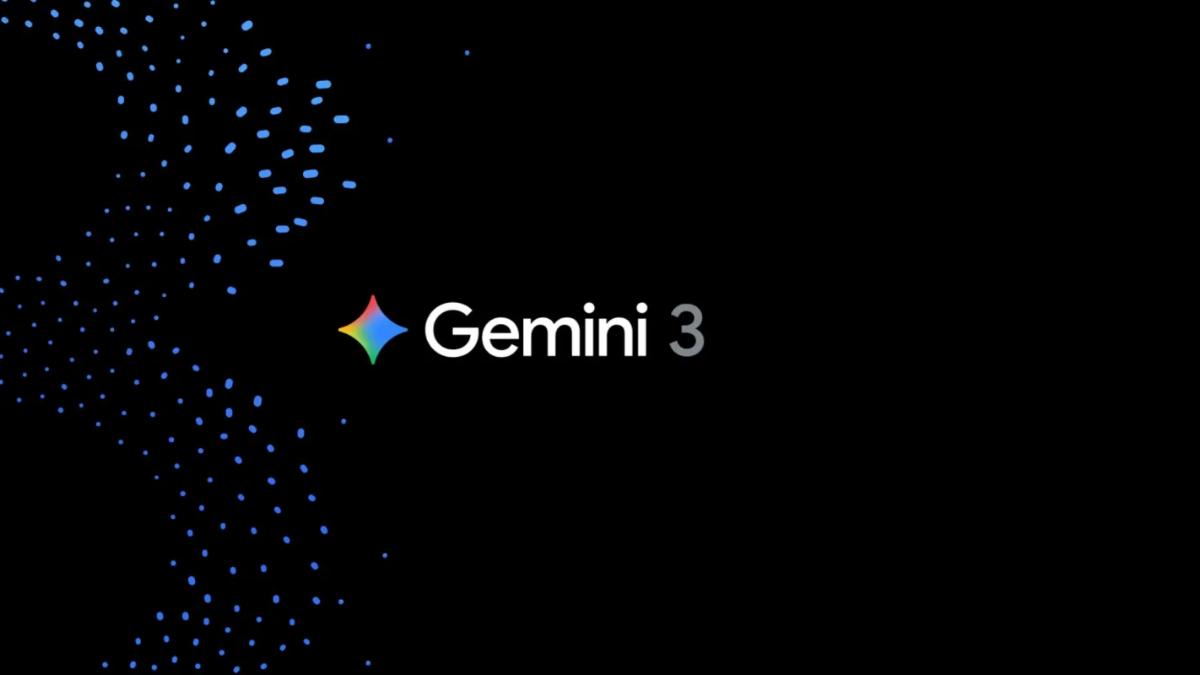A growing number of technology leaders are warning that rapid advancements in artificial intelligence (AI) are creating both historic opportunities and unprecedented risks. Some experts say the accelerating pace of AI development could reshape economies, workplaces, and daily life faster than society is ready to handle.
Mark Jeftovic, CEO of the internet services company EasyDNS, recently shared concerns about AI’s potential to fundamentally change how businesses operate. He predicts that in the near future, companies like his may serve more AI-driven systems than human customers.
The Automation Dilemma
One of Jeftovic’s main concerns is that much of today’s work will soon be automated. Tasks that follow standard procedures could easily be handed over to AI agents. For example, instead of manually setting up domain services, customers might simply give natural language instructions to an AI, which would handle the technical steps automatically.
This trend raises a difficult question: Should companies adopt AI purely to cut costs and reduce staff? Jeftovic says that while EasyDNS is not using AI to eliminate jobs, the company is likely to slow down hiring in the future as more processes become automated.
This scenario is playing out across multiple industries. A viral post from a former Rogers Communications employee claimed the Canadian telecom giant laid off 1,000 call center workers after having them train AI systems to do their jobs.
A Cognitive “Exoskeleton”
Jeftovic and other tech experts describe AI tools like ChatGPT as cognitive “exoskeletons” that give people powerful new abilities. AI can help workers write code, analyze data, or generate ideas faster than ever before. This shift allows every employee to become more productive, but it also increases pressure to keep up with new technologies.
Andrej Karpathy, a leading AI researcher, famously predicted that “the most popular programming language of the future will be English,” highlighting how natural language interfaces are changing the way people interact with computers.
The Acceleration Problem
However, this rapid progress comes with a downside. Jeftovic says society is suffering from what he calls “tachyosis”—a state of compounding acceleration where changes happen faster than people can mentally or emotionally adjust. This can lead to confusion, anxiety, and a breakdown in the ability to distinguish between important information and noise.
Unlike past technological revolutions, which happened over decades or centuries, today’s AI-driven changes are happening at lightning speed. For example, AI is now capable of writing more AI code, making it difficult to know where human work ends and machine work begins.
What Should We Do Next?
Experts like John W. Munsell, author of Ingrain AI, say businesses must act quickly to adapt. His advice to company leaders includes:
- Upskill all employees in AI tools
- Integrate AI across departments
- Use AI to enhance, not replace, human creativity
- Build teams that feel empowered, not threatened, by new technology
For individuals, Jeftovic recommends using AI tools personally to improve productivity, enhance skills, and expand career options. The biggest risk, he warns, is not being replaced by AI but failing to learn how to use it.
Looking Ahead
The future of work is likely to involve close collaboration between humans and AI. The challenge will be learning how to adapt without losing sight of the human element in innovation, creativity, and decision-making.
As Jeftovic concludes, the world is entering an AI-driven era where everyone must “learn to vibe”—to work with and alongside AI, rather than fear it.



